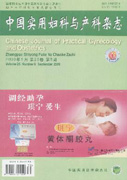|
Application of high throughput sequencing in prenatal diagnosis.
HANG Jin-man,ZHU Bao-sheng
2020, 36(9):
804-806.
DOI: 10.19538/j.fk2020090104
High-throughput sequencing techniques such as CNV seq,gene panel,WES and others have been used in prenatal diagnosis.Each of them has its own advantages and disadvantages.There are many guidelines about CNV interpretation and WES application.Based on practical experience,we discuss how to apply several techniques reasonably in prenatal diagnosis.It is expected that WGS can also be used in prenatal diagnosis in the future.
|

